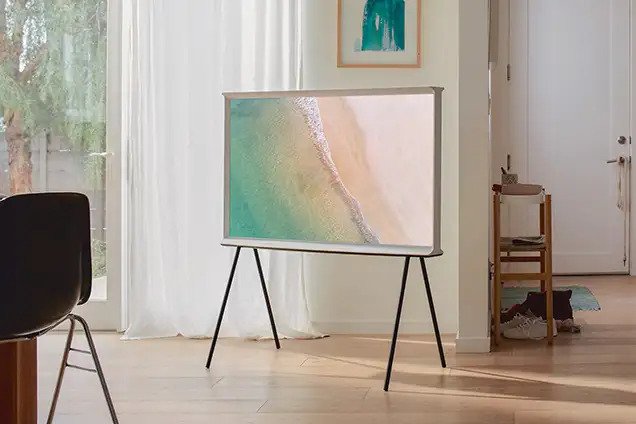As with most things, the increased digitisation of our society has forever altered the way we consume media — and television is
no exception.
Despite the kinetic nature of this medium, TV is still a centrepiece in most households. So which trends should consumers keep their eyes peeled for?
media update’s Taylor Goodman investigates.
Ready? Let’s tune in:
1. The concept of ‘TV’ gets broader
Gone are the days of renting movies at the video store and only being able to watch your favourite show on your family room TV after a long day. It's time to relook at our perception of television.
Increase in Over-the-Top streaming (OTT) optionsA major way that television is broadening is with the expansion of OTT streaming options. Now, you’re probably thinking, ‘
What does streaming have to do with TV?’ Well, these entities go hand in hand.
These platforms are increasingly integrated as
advanced TV becomes more popular. This is essentially the “convergence of old-style linear TV with streaming video delivered through OTT platforms and digitally enabled connected TVs,” according to
MarTech.
As platforms like YouTube, Disney+ and Twitch
rise in popularity, we are seeing more consumers choosing to build their viewing experience according to their interests.
Decorative TV modelsAre you into art? Well, why not get a TV as a centrepiece? Gone are the days of the box TV screen. Now, industry leaders like LG and Samsung are getting
decorative.

Whether you’re into an 'easel-like' display or a rollable screen (
what?), your TV no longer has to be an eyesore but an aesthetically pleasing feature in your home.
2. TV ads take on a new form
Don't you hate it when you’re left in suspense when your favourite show stops for an ad break? Well, it seems as though TV advertising is adapting to the consumer’s needs and taking on new forms.
A prominent way that we are seeing television advertising transform to accommodate user habits is by capitalising on multi-screen usage. These days, consumers aren't purely watching content on their TV sets but on tablets, laptops
and mobile devices as well.
Additionally, when most users (
94% we might add) are watching television, they’re scrolling on their phones as well. With this in mind, mobile and TV shouldn’t be in competition; rather, “they should be viewed as partners helping accomplish the same marketing goals,” according to
Marketing Evolution.
But that’s not all! Personalisation is
big in advertising right now and marketers are doing all they can to optimise ads. An example of this is
shoppable ads, which enable viewers to shop ads through QR codes.
3. 4K becomes more mainstream
One way in which televisions have changed over the last few years has to do with the device itself. There has been increased adoption of 4k resolution TV screens. In fact, in March 2021
44% of United States households had a 4K-capable TV. This is a significant increase from the 31% in 2019.
4K resolution, coupled with OLED (organic LED) technology, allows for an all-round, more satisfying viewing experience. Why? Well, this technology results in a more
realistic, clear and vibrant picture.
Bye, bye pixels!
And if you thought that’s as good as it gets, think again! 8K resolution television sets are also on the upswing.
Five hundred and twenty thousand 8K TV sets were shipped in 2021. This number is expected to reach 4.4 million by 2026.
Despite 8K technology not being
highly favoured, it can hold some benefit for those looking to produce top quality video — like content creators.
What are some other TV trends you’ve picked up on recently? Let us know in the comments below.
We see that you’ve enjoyed our content right until the end. To get more insightful stories, sign up for our newsletter.
Want to know more about streaming and the options at your disposal? Then be sure to check out The streaming wars: a 2022 update.
*
Image courtesy of Unsplash